How Many Animals Went Extinct In 2019
Iii bird species, two frogs, a shark, a famous snail and one of the world's largest freshwater fish were among those declared extinct this yr.
We lost a lot of species in 2019.
The yr started with the extinction of a tiny Hawaiian snail and ended with the loss of one of the world'south largest freshwater fishes.
Along the fashion nosotros besides said cheerio to 3 bird species, a shark, two frogs, several plants, and a whole lot more.
Nigh two dozen species were declared extinct (or nearly and so) in 2019, although the total number of species lost this year probably numbers in the thousands. Scientists typically wait years or fifty-fifty decades earlier declaring a species well and truly extinct, and even then only after conducting extensive searches.
Of course, you can only count what you know exists. Near extinctions, sadly, occur among species that take never been officially observed or named. These plants and animals often live in extremely narrow habitats, making them particularly vulnerable to habitat devastation, pollution, extreme conditions events, invasive species or other threats. That doesn't mean they'll never exist identified — several recently reported extinctions stand for species that were discovered amidst museum samples long after the plants or animals were gone — merely you tin't save what you don't know needs saving in the first place.
Although it may take some time to truly empathize this year's effect on the world'due south biodiversity, here are the species that scientists and the conservation community declared lost during 2019, culled from the IUCN Ruby Listing, scientific publications, a scattering of media articles and my own reporting. Just i of these extinctions was observed in real time, when an endling (the terminal of its kind) died in public view. Most haven't been seen in decades and were finally added to the list of extinct species. A few represent local extinctions where a species has disappeared from a major function of its range, an of import matter to lookout since habitat loss and fragmentation are ofttimes the first steps toward a species vanishing. Finally, some of these extinctions are tentative, with scientists nevertheless looking for the species — an indication that promise remains.
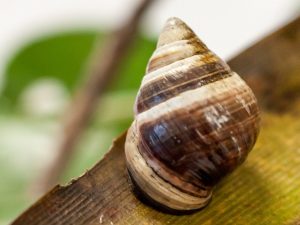
Achatinella apexfulva — The concluding individual of this Hawaiian tree snail, known as "Lonesome George," died in captivity on New Year'south Day. Disease and invasive predators drove it to extinction. This tiny fauna'southward disappearance probably generated the most media attention of whatsoever lost species in 2019.
Alagoas foliage-gleaner (Philydor novaesi) — Known from just ii sites in Brazil, this bird was concluding seen in 2011 and was declared extinct in 2019 following the destruction of its habitats by logging, charcoal production and conversion to agriculture.
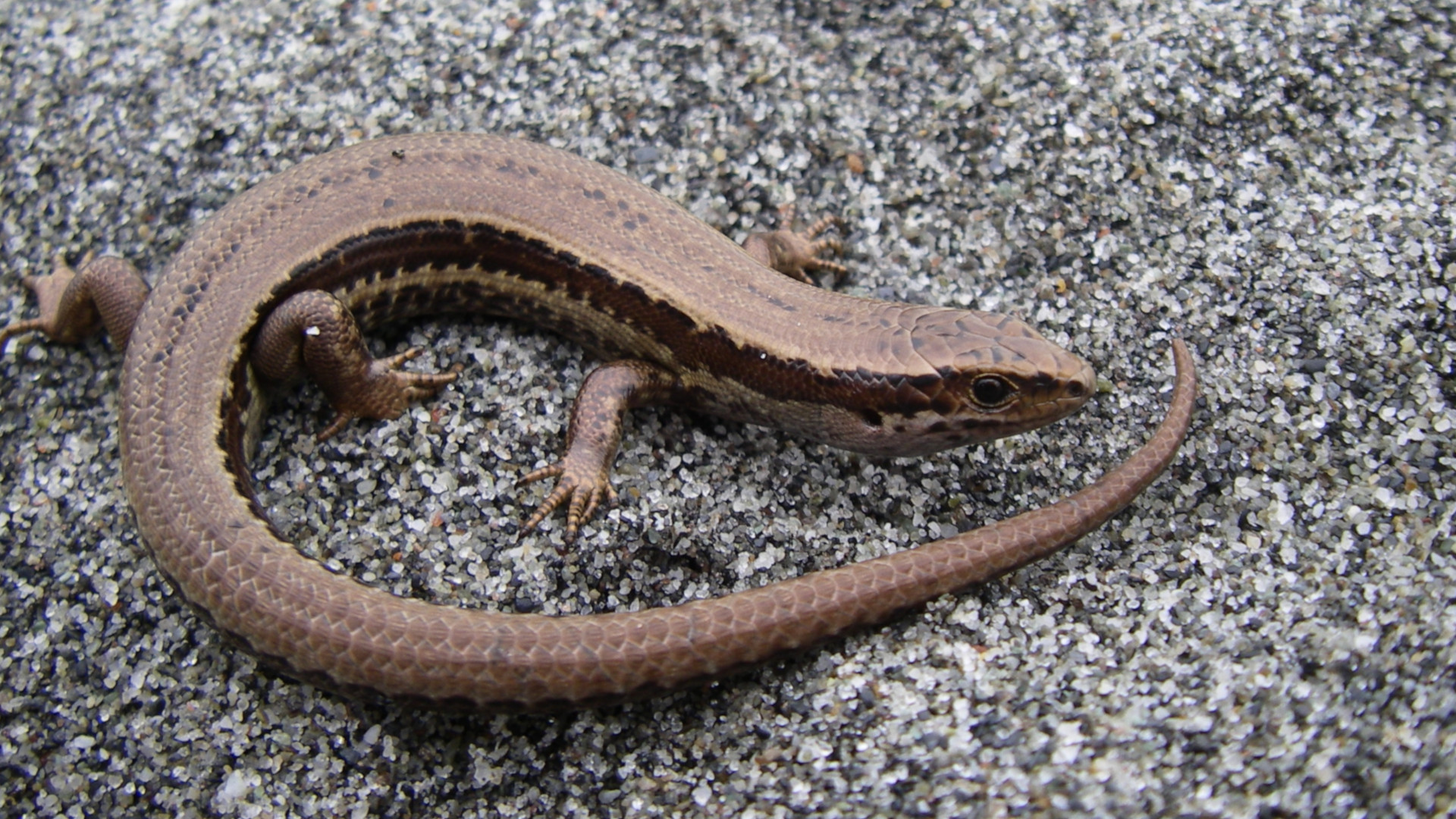
Boulenger's speckled skink (Oligosoma infrapunctatum) — A "complete enigma," unseen for more than 130 years. Scientists promise the announcement of its possible extinction will jumpstart efforts to relocate information technology and conserve its endangered relatives.
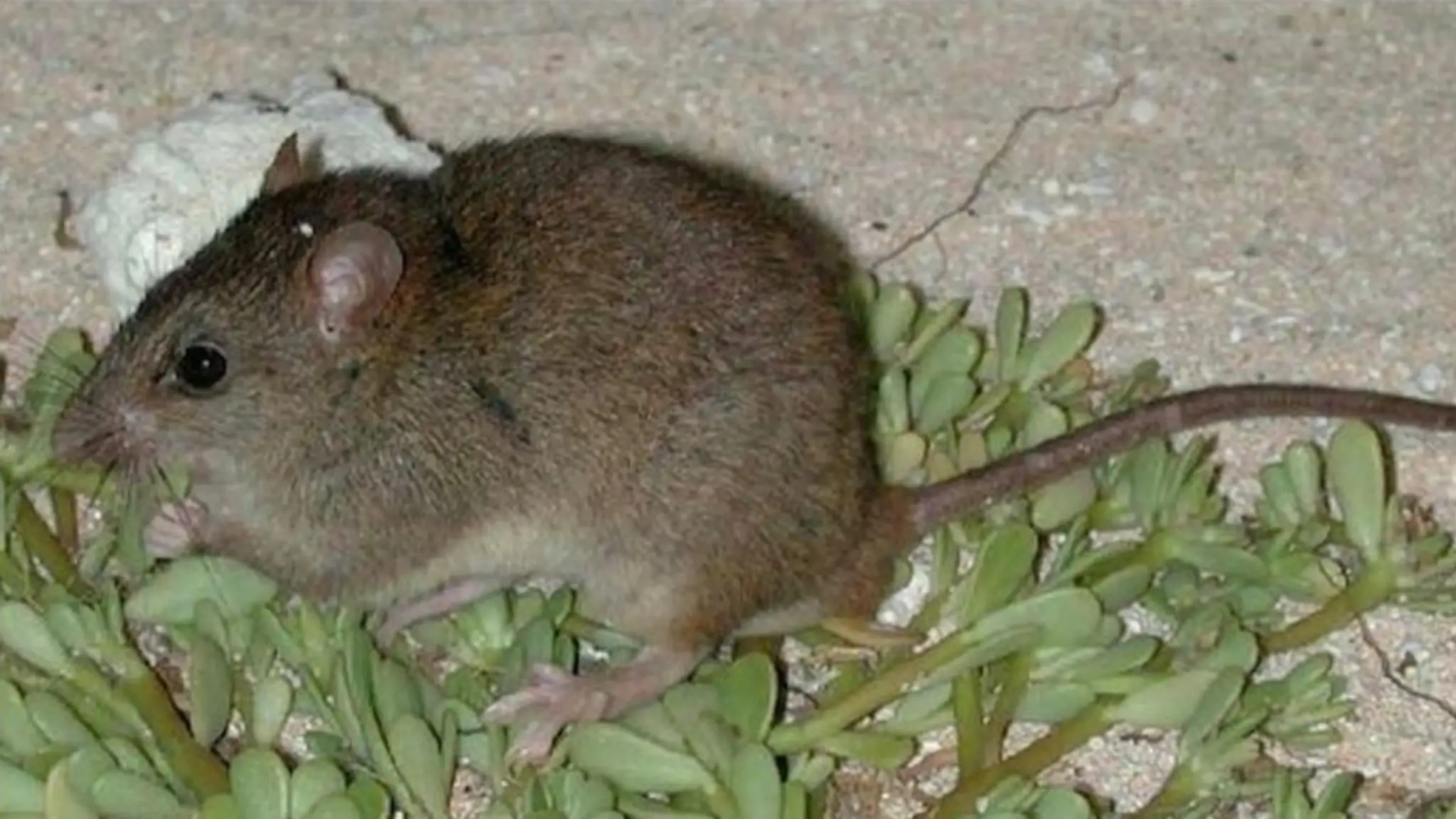
Bramble Cay melomys (Melomys rubicola) — Terminal seen in 2009 when rising oceans lapped at its tiny islet habitat, the melomys was officially alleged extinct in 2019, making information technology the get-go mammal extinction acquired past climatic change and sea-level rise.
Catarina pupfish (Megupsilon aporus) — This Mexican freshwater fish was known from one jump, which was destroyed by groundwater extraction. The fish was last seen in the wild in 1994, and the final convict population died out in 2012.
Chinese paddlefish (Psephurus gladius) — 1 of the globe'southward largest freshwater fish, native to the Yangtze River, the paddlefish probably died out between 2005 and 2010 due to overfishing and habitat fragmentation. The IUCN yet lists it every bit "critically endangered," only a paper published Dec. 23, 2019, alleged it extinct later several surveys failed to locate the species.
Corquin robber frog (Craugastor anciano) — Last seen in 1990. Native to two sites in Honduras, it was probably killed off by habitat loss and the chytrid mucus.
Ambiguous treehunter (Cichlocolaptes mazarbarnetti) — A Brazilian bird species last seen live in 2007 — seven years before scientists officially described it. Its forest habitat has been extensively logged and converted to agriculture.
Cunning silverside (Atherinella callida) — This Mexican freshwater fish hasn't been seen since 1957. The IUCN declared it extinct in 2019.
Etlingera heyneana — A plant species nerveless but one fourth dimension in 1921 near Jakarta, on Coffee, the globe's nigh populous island. The IUCN listed it as extinct in 2019, noting that "practically all natural country in Jakarta has been adult."
Fissidens microstictus — This Portuguese found species lived in what is now a highly urbanized area and was last seen in 1982. (Scientists alleged it extinct back in 1992, but the IUCN didn't listing it equally such until this yr.)
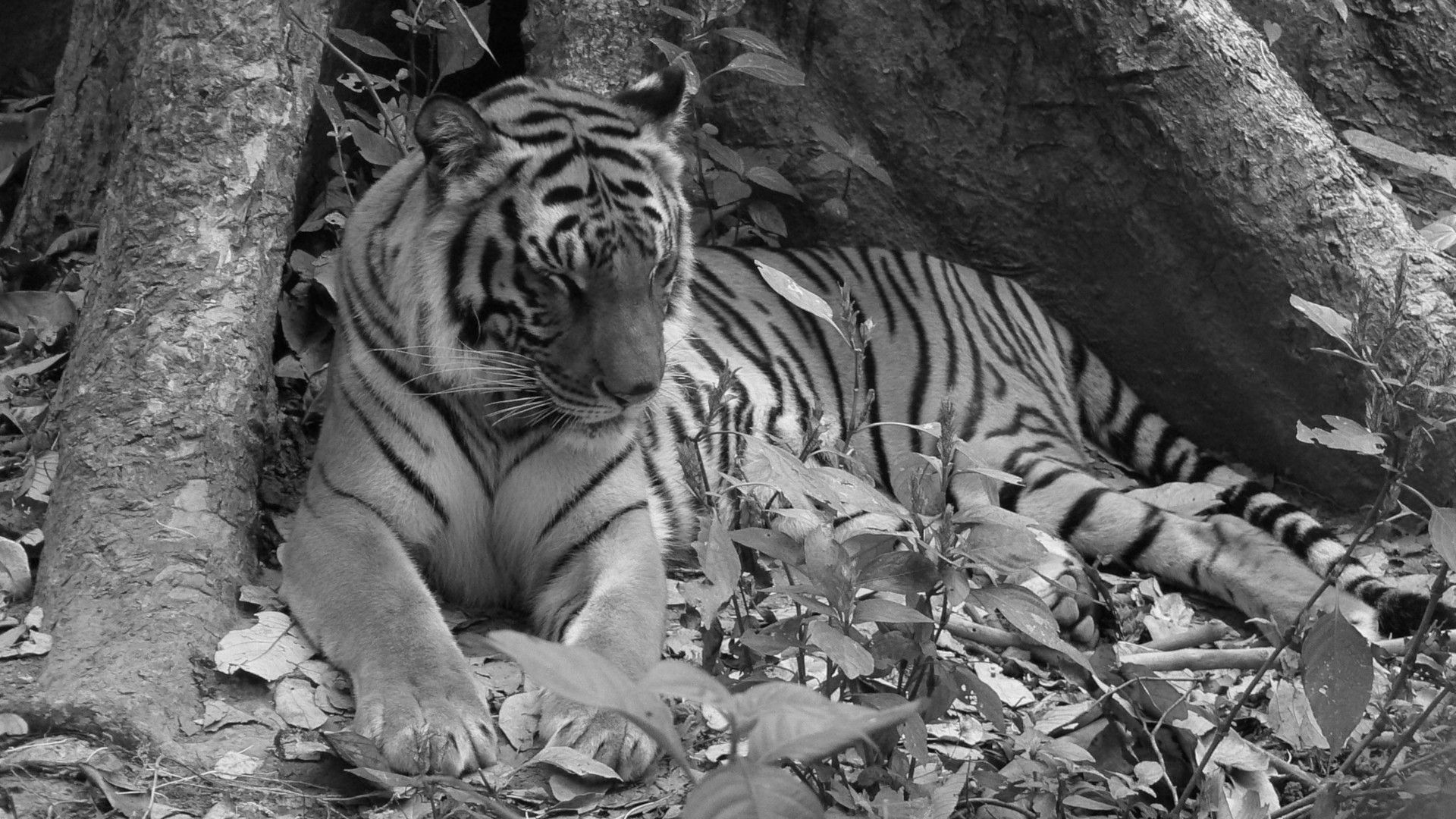
Indochinese tigers (Panthera tigris tigris) in Lao people's democratic republic — A local extinction (known as an extirpation) and a major loss for this big cat.
Lake Oku puddle frog (Phrynobatrachus njiomock) — Known from i location in Cameroon and unseen since 2010, the IUCN this year declared the recently discovered species "critically endangered (perhaps extinct)."
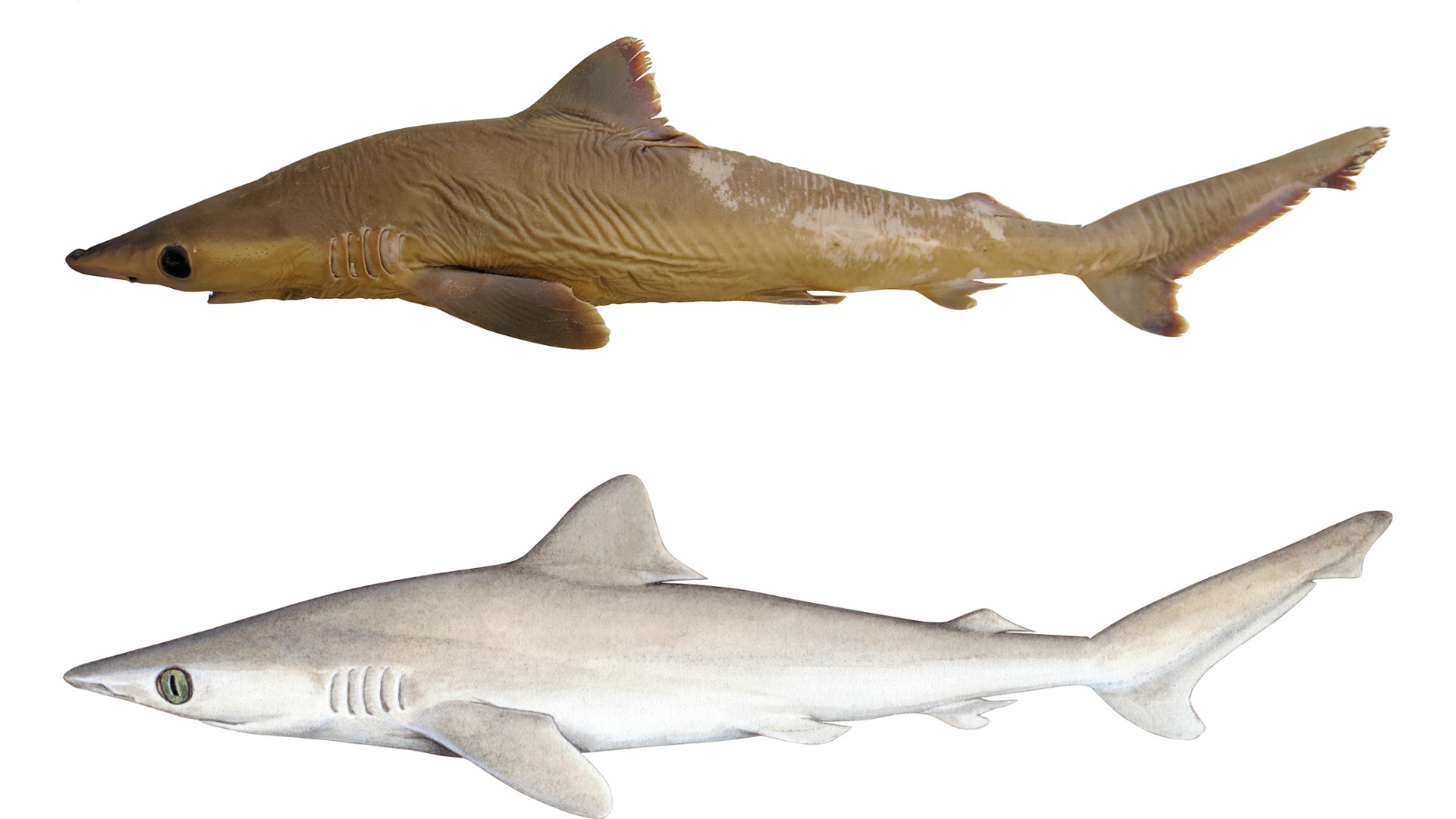
"Lost shark" (Carcharhinus obsolerus) — Described from museum samples in 2019, the species hasn't been seen since the 1930s. Information technology was probably wiped out past overfishing.
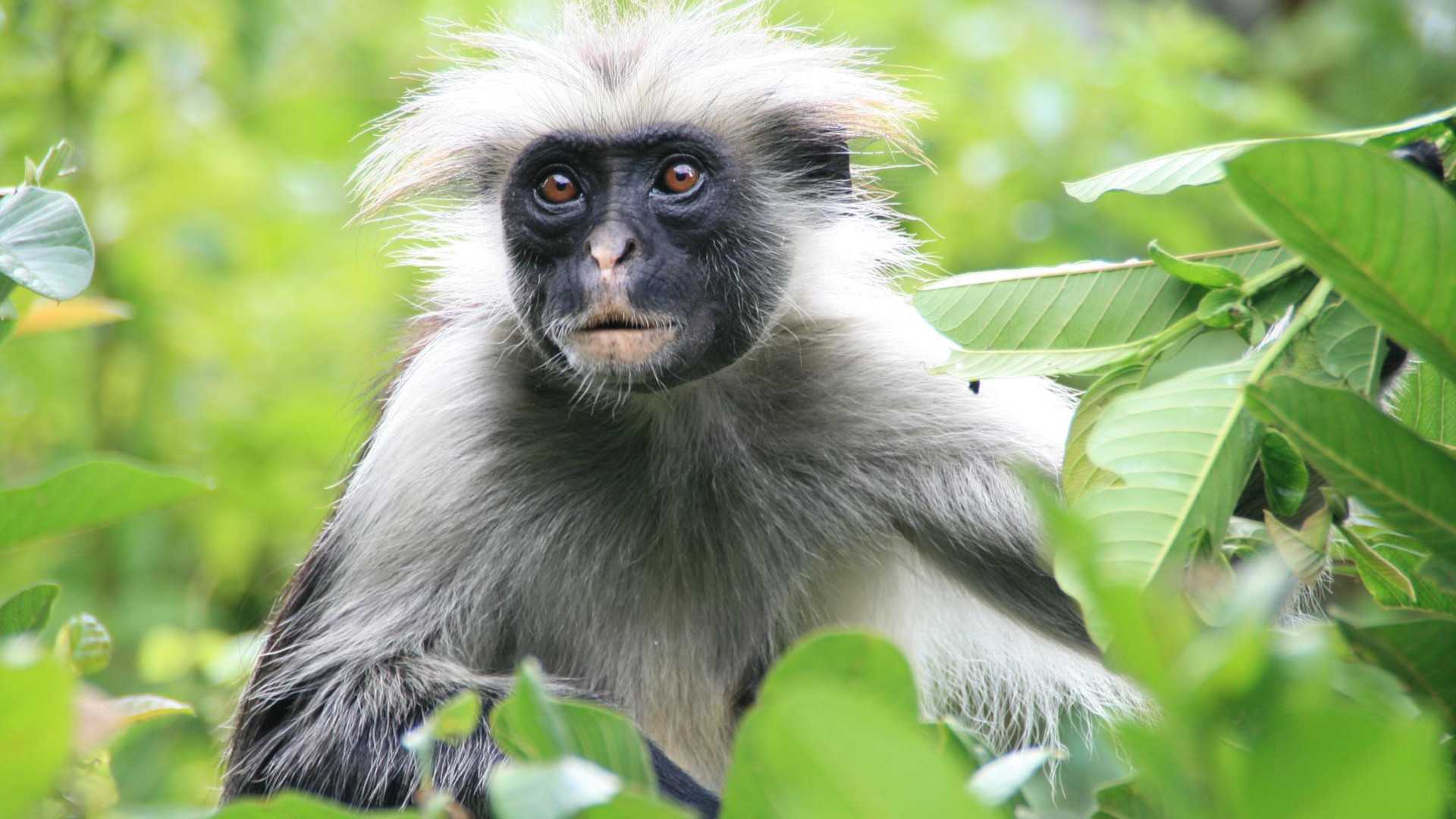
Miss Waldron's scarlet colobus (Piliocolobus waldronae) — Unseen for more 4 decades, researchers oasis't given upwardly that the rare monkey might still exist but they've still declared it "peradventure extinct."
Nobregaea latinervis — A moss species final seen in Portugal in 1946 and declared extinct in 2019 (based on a 2014 survey).
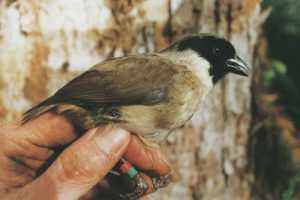
Poo-uli (Melamprosops phaeosoma) — Invasive species and diseases wiped out this Hawaiian bird, which was last seen in 2004 and declared extinct in 2019.
Pycnandra micrantha — A plant species from New Caledonia collected only one time in 1901. Its only habitation on tiny Art Island has been extensively mined and subject to brushfires.
Sierra de Omoa streamside frog (Craugastor omoaensis) — Another frog from Honduras. Unseen since 1974, it was probably a victim of habitat loss and the chytrid mucus.
Sumatran rhinoceros (Dicerorhinus sumatrensis) in Malaysia — Another extirpation, although the species however exists (on tenuous footing) in Republic of indonesia.
Vachellia bolei — A rare legume tree possibly driven extinct by sand mining and other habitat devastation.
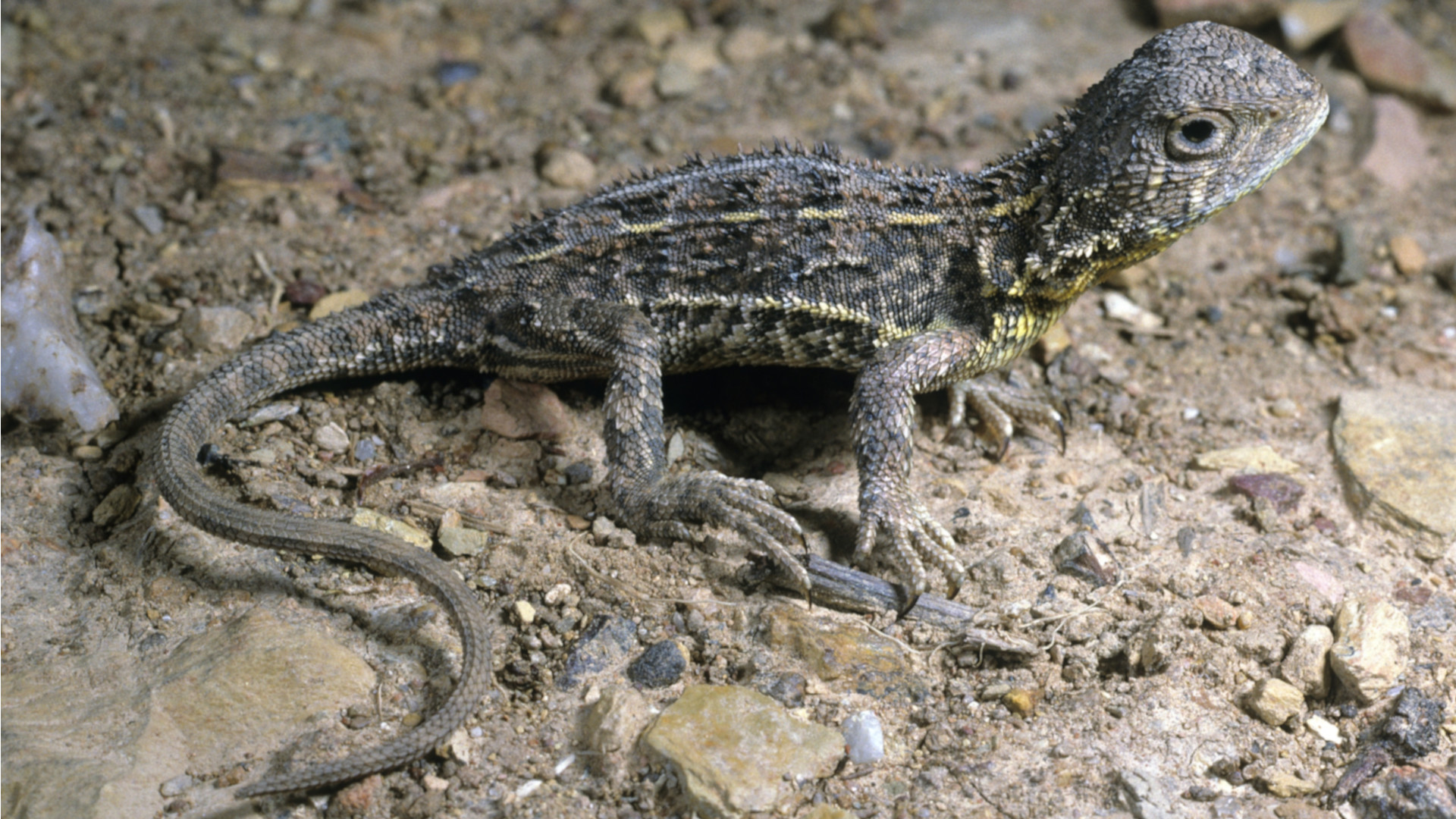
Victorian grasslands earless dragon (Tympanocryptis pinguicolla) — Last seen in 1969. Again, conservationists haven't given upwardly promise of finding information technology, only if it'south really gone it would stand for Commonwealth of australia's first known reptile extinction.
Villa Lopez pupfish (Cyprinodon ceciliae) — This Mexican fish's only habitat, a 2-acre spring system, dried up in 1991 and it hasn't been seen since. The IUCN alleged information technology extinct in 2019.
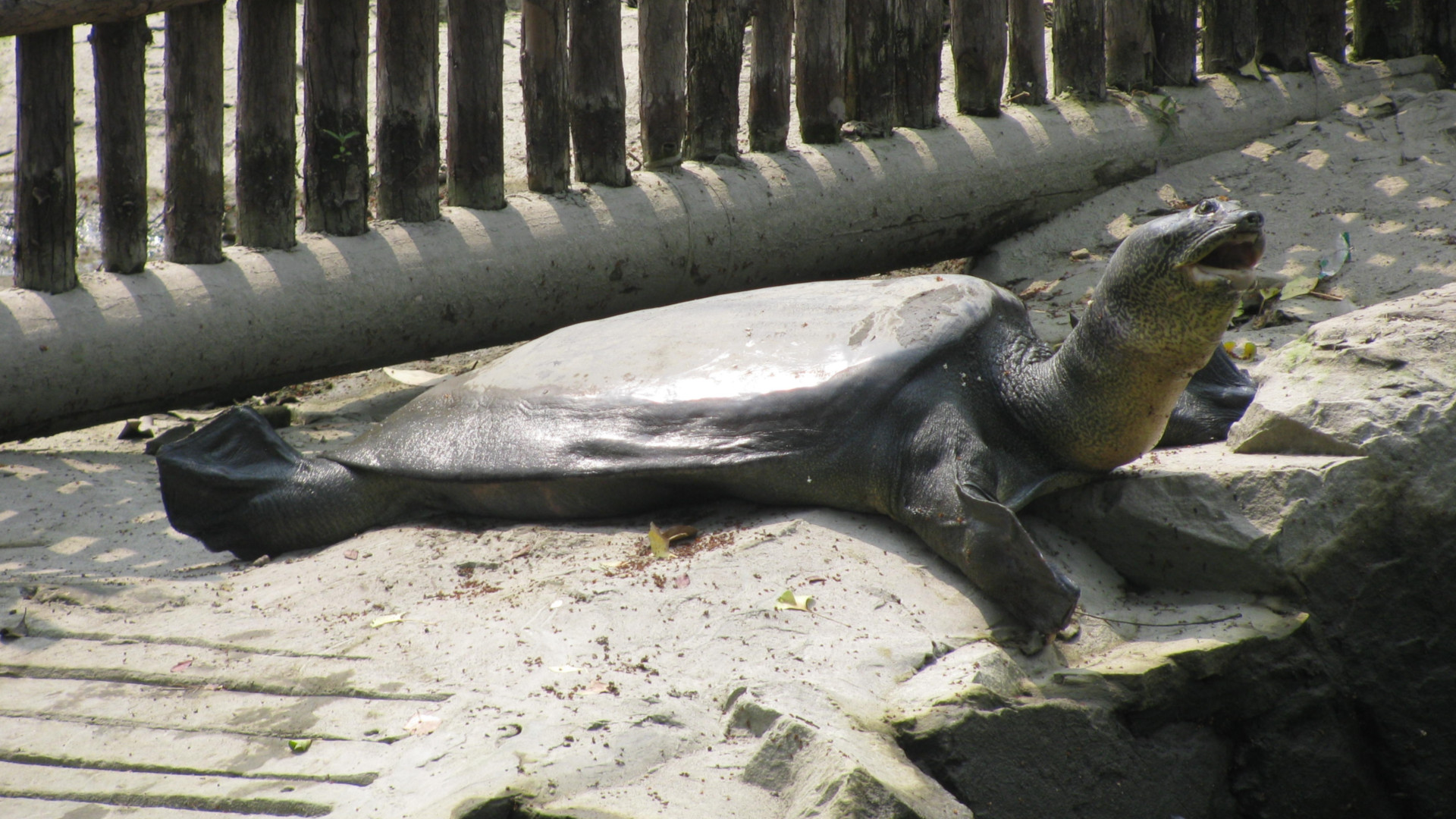
Yangtze behemothic softshell turtle (Rafetus swinhoei) — The last known female of this species died in China in April during an bogus insemination procedure, making the species effectively extinct.
In addition to these extinctions, the IUCN last yr declared several species "extinct in the wild," meaning they now merely be in captivity. They include the Spix's Macaw (Cyanopsitta spixii), Ameca shiner (Notropis amecae), banded allotoca (Allotoca goslinei), marbled swordtail (Xiphophorus meyeri), Charo Palma pupfish (Cyprinodon veronicae), kunimasu (Oncorhynchus kawamurae) and Monterrey platyfish (Xiphophorus couchianus).
What will the future hold for these and other lost species? Some could be rediscovered (the Miss Waldron'southward red colobus seems the about likely candidate), but the rest should serve as a stark reminder of what we're losing all around us every day — and a clarion call to save what's left.
![]()
Main epitome photo credits: Alagoas Foliage-gleaner © Ciro Albano, courtesy IUCN. Poo-uli © Paul E. Baker, U.S. Fish and Wild animals Service (Public Domain). A relative of the Victorian grasslands earless dragon, photographed in 1991 by John Wombey/CSIRO (CC By 3.0). Bramble Cay melomys via State of Queensland, Environmental Protection Agency (uncredited).
Source: https://therevelator.org/extinction-species-lost-2019/
Posted by: williamsannot1974.blogspot.com


0 Response to "How Many Animals Went Extinct In 2019"
Post a Comment